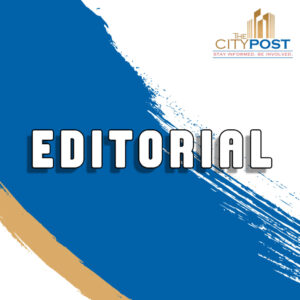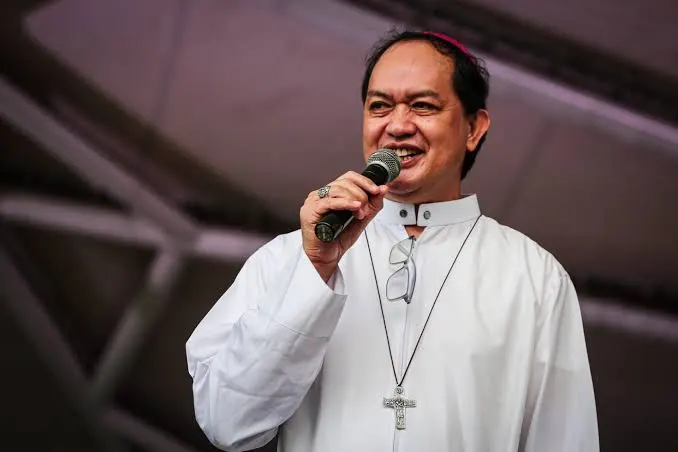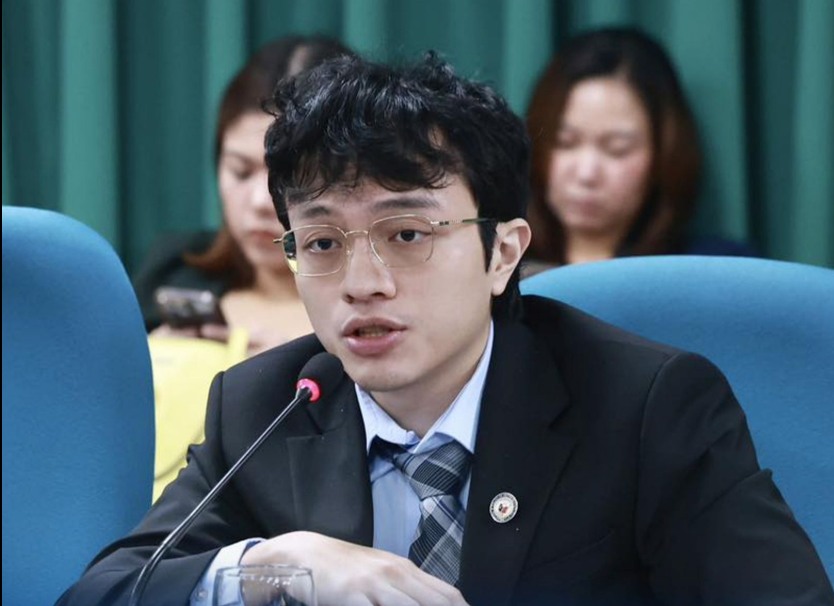President Ferdinand R. Marcos Jr. has to come to grips with the curse of martial law that his father imposed on the country on Sept. 21, 1972. The record is clear, the number of human rights abuses since he took power is rising, competing with that of the unlamented Rodrigo Duterte regime, when monitors have been befuddled by covert operations that have led to massacres of farmers and indigenous people while more than 30,000 were killed by the “war on drugs” in just three years, as confirmed by a Palace document.
On the other hand, the notorious Gloria Macapagal Arroyo dispensation was a terror regime for journalists, with Freedom House reporting on Aug. 8, 2011 that a total of 137 journalists were killed under her watch. The worst single massacre saw 29 being gunned down in the Ampatuan massacre in November 2009, excluding three other media workers. Southeast Asian Press Alliance (SAPA) and the Center for Media Freedom and Responsibility (CMFR.)
Under Arroyo, not a single soldier was found guilty of extrajudicial killings (EJKs), which peaked at 220 in 2006, while EJKs in Davao City zoomed from 2008 to 2009, when Duterte was named anti-crime czar by Arroyo. At that time, Davao City death squad members were reportedly paid P5,000 per hit. The Commission on Human Rights (CHR) launched an investigation into the summary killings but probers claimed officials were hindering their work.
A study conducted by lawyer Al Parreño, entitled “Report on the Philippine Extrajudicial Killings (2001 to August 2010),” found that 305 EJKs were committed during this time, but the actual number is believed to be much higher. This period marked the launching of the Philippine version of the US Counterinsurgency (COIN) Guide, which specifically targets the leaders of sectoral groups, revolutionary organizations, journalists, peasant leaders, judges, and members of religious groups and calls for a “whole-of-nation” approach to battle guerrillas, pesky social activists and their allies. The tactics are reminiscent of Latin American dirty wars in Argentina, Chile, Peru, Paraguay, Bolivia and Brazil.
Freedom House reported that the prosecution of assailants could hardly move as in 90% of the cases, witnesses may cooperate during the initial stages of the trial but they eventually are hounded, as in the case of the witnesses in the abduction of Jonas Burgos in April 2007. While prosecutors are expected to go hammer and tongs against soldiers accused of EJKs and human rights abuses, the Department of Justice (DOJ) is also expected to act as counsel to soldiers and the police. Worse, the Philippine National Police (PNP), which officially is tasked to investigate EJKs and other abuses, cannot be fair when dealing with their own colleagues since rogue cops freelance as death squad hitmen. The road to justice was a labyrinth during the Arroyo and became a double labyrinth under Duterte’s “war on drugs.”
On July 22, 2021, the Duterte regime and the UN inked a three-year joint program on human rights, following the UN Council’s October 2020 resolution outlining capacity-building and technical cooperation for the promotion of human rights in the country. Yet, three years before that, Duterte signed Executive Order 70 (EO 70) which institutionalized the US COIN and “whole-of-nation approach” to end communist-led insurgency. Duterte also created the National Task Force to End Local Communist Armed Conflict (NTF-ELCAC), which operationalized red-tagging and intensified psywar operations against progressive groups, activists, lawyers, journalists, and even Catholic priests and nuns and Protestant ministers and deaconesses.
He also shipped thousands of soldiers and police commandos to operate against indigenous people’s communities, farmers and workers through Memorandum Circular 32. The result was bloody as hundreds were killed in dozens of combined large-scale operations of the military and the PNP. While working against the revolutionary movement, Duterte also jailed Sen. Leila de Lima, who lectured him in Davao City when she was still the CHR chief under Arroyo. Then, a quo warranto petition was filed against Supreme Court (SC) Chief Justice Maria Lourdes Sereno which led to her ouster. Vice President Leni Robredo was also linked to the narcotics trade, only for the case to be dropped like a hot potato by prosecutors. Duterte also tried to revive the rebellion cases against Sen. Antonio Trillanes IV after he revoked the amnesty for the lawmaker. The attempt bombed.
Thus, there is a method to Duterte’s madness. Using his bullying tactics and bluster, he threatened his enemies with imprisonment, if not outright assassination. His plans are crude, unsophisticated, and largely irrational, owing perhaps to his narcissism, as what a court-appointed psychiatrist found out in 1998, but bloody and blundering in equal measure. Human rights abuses are the trademark of fascists and authoritarians, and the Arroyo, Duterte and Marcos Jr. regimes are actually following the playbook writ large by the original Marcos Sr. martial law regime. Arroyo imposed martial law in Mindanao to emasculate the Ampatuans, her former allies, while Duterte inflicted martial law in Mindanao for more than 900 days from 2017 to 2019 and destroyed Marawi City in the process.




